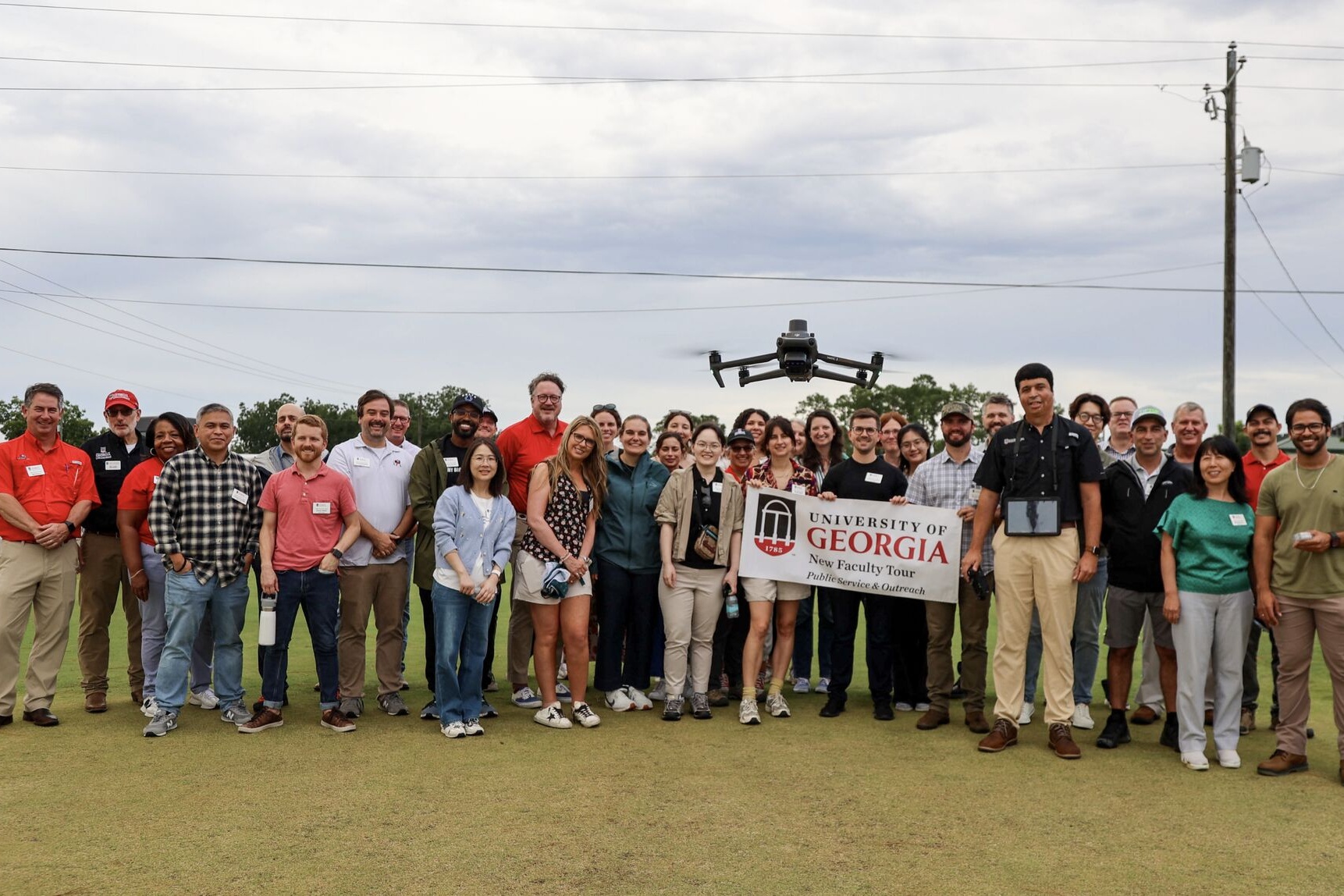Not being able to water your homegrown tomatoes is an
inconvenience.
Not being able to water 4,000 greenhouse plants is a major
concern
if you own the greenhouse.
To keep the state’s drought from burning up their profits,
representatives of nine Georgia urban agriculture associations
met in August 2000 to discuss the lingering water shortage. From
that meeting, they formed the Georgia Urban Agriculture
Coalition.
The coalition’s first work was to begin searching for
solutions
to the water shortage problems facing the people who grow,
install
and maintain the plants that brighten urban landscapes.
Reservoirs Still Below
Average
"Although recent weather systems and storms have brought
some immediate relief, water levels at reservoirs across the
state
remain well below average," said Wayne Gardner, coordinator
of the University of Georgia Center for Urban Agriculture and
a coalition member. "Weather experts continue to predict
a hotter and drier summer than the 50-year average."
Gardner says the state’s drought isn’t totally to blame for
the current water shortage. The growing population is
increasingly
straining Georgia’s water supply.
"The drought that began four years ago was a major wakeup
call for us all," Gardner said. "It actually just
turned
an impending water crisis into an immediate water
crisis."
Georgia’s population has doubled in the past 50 years. Roughly
half of that growth was in the past decade.
"If the population growth trends continue, Georgia could
be home to more than 16 million people within 30 years,"
Gardner said. "This growth is occurring with a relatively
constant supply of water that originates solely within our
state."
Planning For The Drought and
Beyond
The water crisis in Georgia won’t end when the drought does,
he said. So Georgia must develop a water-use plan.
Since the success of urban agriculture in Georgia relies
heavily
on water, the GUAC decided they had to become actively involved
in developing a state water-use plan.
The coalition organized a water task force to focus on
developing
strategies for the industry to follow. The task force’s first
objective was to document the size and economic impact of the
state’s urban agricultural industry.
Economists and horticulturists from the UGA College of
Agricultural
and Environmental Sciences conducted a survey that caused some
jaws to drop.
"The impact to the state’s economy is almost $5.7 billion
each year," Gardner said. "And that’s not counting
valued-added
impact like (agricultural) tourism."
Science-based Guidelines
The second objective was to establish science-based
water-management
guidelines for urban agriculture.
"The guidelines ensure plant health and survival while
conserving water," Gardner said. "Basically, we’re
trying
to help the industry remain economically viable during water
shortages
while stressing water management and conservation."
These new irrigation guidelines now serve as a basis for
intermediate-phase
outdoor water restriction plans for Georgia cities and water
authorities.
Next, the GUAC’s task force mobilized members to help develop
a state drought management plan. A draft was released this month
for public comment.
"Urban agriculture interests are represented in the draft
document because of the hard work of the coalition members,"
Gardner said.
"Georgia’s urban agricultural industries must remain
involved
in all aspects of these water issues," he said. "These
industries are only beginning to show how they conserve and
preserve
the quantity and quality of our water resources while making a
huge impact on the state’s economy."



